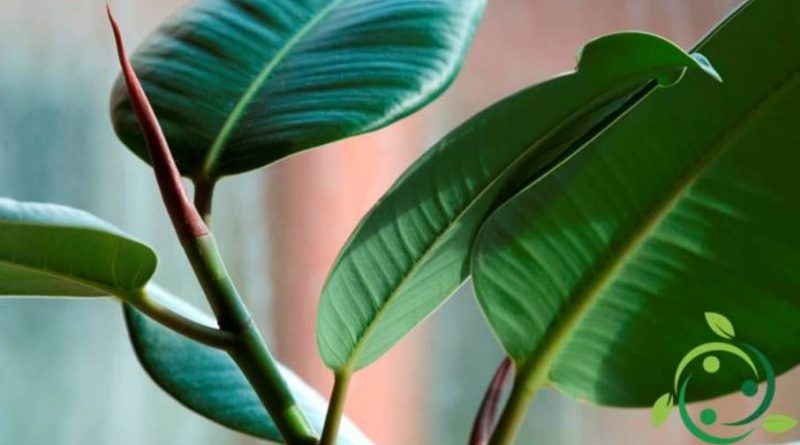How to grow Ficus elastica
How to grow Ficus elastica
Ficus elastica, also known as Fico del caucciù, for the white latex used for the production of rubber. Although it is a plant native to tropical wetlands and large (25-30 meters high) can be grown by us both outdoors and in the apartment. Obviously in the apartment will reach the size of a small plant due to the limitation placed by the container. Leaving aside the technique of growing Ficus elastica outdoors, which simply requires warm climates, soils of varied nature and distances from sidewalks, pools, containers of water and artifacts of several tens of meters (because of its invasive root system), we will see here how to cultivate the Ficus elastica in the apartment.
Ficus elastica needs very well lit places, but not direct sunlight. It is a plant that fears the cold and needs temperatures above 12-15 ° C; for greater vigor it is advisable to bring the plant, during the summer, outdoors, in environments sheltered from direct sun. This shift must however be done gradually and especially in late spring.
The best cultivation technique in the apartment is to irrigate when the soil has just dried; with the arrival of autumn irrigation will be reduced to start again regularly from April.
The elastic ficus, like all tropical plants, does not like the dry climate; then, as usual, use small sprayers (with demineralized water) for the leaves or even a humidifier to be placed near the plant. During the vegetative phase add fertilizer for green plants to irrigation water every 15-20 days. Good are coffee residues.
The soil suitable for the elastic ficus must be organic, soft and well drained; you can prepare a soil starting from universal soil with 10-20% of sand and 10% of shredded bark.
The multiplication of this plant is typically by apical cuttings; it is made by cutting at least the outer half of the leaves; on the elastic ficus one can practice the layering, through the removal of the ramifications to produce new plants. The cutting should be taken in the hottest season, with 4 or 5 leaves, with a length of at least 20 centimeters. You have to wait for the latex to dry to put the cutting directly in a terracotta pot, of adequate size and with the mold prepared as above.
The main parasites of the plant are represented by rusts, cochineals and mites. For their containment you can see with the natural products present in this section.
Symptoms of yellowing may be due to excessive irrigation or the need to repot the plant, which should be done every two years.

